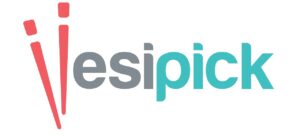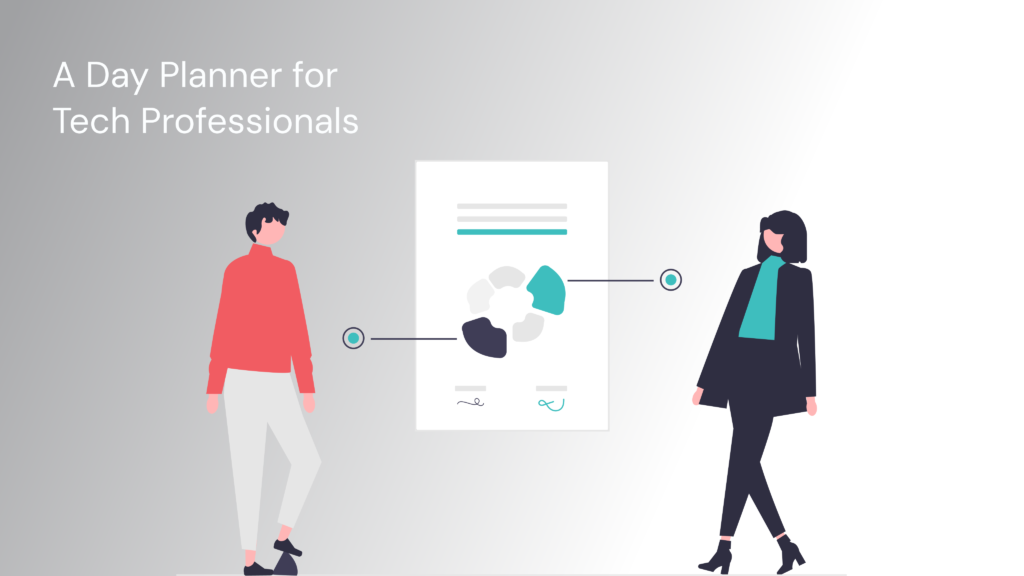Good Day Planner for Tech Professionals in Remote Setups
Here’s a sample daily planner template specifically designed for tech professionals working remotely, incorporating strategies for productivity, focus, and well-being:
Morning Routine (Before Work):
7:00 AM – 7:30 AM: Wake Up & Energize:
Get out of bed at a consistent time each day, even on weekends, to regulate your sleep cycle.
Start with a morning ritual that energizes you, like exercise, meditation, journaling, or spending time in nature (if possible while remote).
7:30 AM – 8:00 AM: Breakfast & Planning:
Fuel your body with a nutritious breakfast to avoid mid-morning slumps.
Review your calendar and to-do list for the day, setting priorities and outlining your schedule.
Work Schedule (Core Working Hours):
8:00 AM – 10:00 AM: Deep Work Focus:
Schedule your most demanding tasks requiring deep concentration during this time.
Minimize distractions by silencing notifications, turning off social media, and using tools like website blockers.
Implement the Pomodoro Technique: work in focused 25-minute intervals with short breaks in between.
10:00 AM – 10:15 AM: Mindful Movement Break:
Take a short break to stretch, walk around, or do some light exercise. This helps improve circulation, reduce eye strain, and refocus your mind.
10:15 AM – 12:00 PM: Communication & Collaboration:
Schedule meetings, calls, or virtual check-ins during this time.
Utilize communication tools effectively to collaborate with colleagues and manage projects.
12:00 PM – 1:00 PM: Lunch Break:
Disconnect from work during your lunch break. Eat a healthy meal, socialize with family/friends (virtually if remote), or pursue a relaxing activity.
Afternoon (Focused Work & Well-being):
1:00 PM – 3:00 PM: Focused Work:
Resume working on tasks that require concentration, potentially switching gears to a different project if needed.
Maintain the Pomodoro Technique or similar focused work approach.
3:00 PM – 3:15 PM: Afternoon Energy Boost:
Take another short break for some light exercise, a healthy snack, or mindfulness practices to combat the afternoon slump.
3:15 PM – 5:00 PM: Administrative Tasks & Check-ins:
Use this time for emails, administrative tasks, or follow-up on communication.
Respond to urgent messages or address any outstanding issues.
End of Workday & Evening:
5:00 PM – 5:30 PM: Review & Wrap-up:
Briefly review your accomplishments for the day, update your to-do list for tomorrow, and note any outstanding tasks.
Shut down work completely and transition to your personal life.
5:30 PM Onwards: Personal Time & Disconnection:
Dedicate this time to hobbies, social activities, exercise, or relaxation techniques.
Avoid checking work emails or messages to maintain a healthy work-life balance.
Additional Tips:
Prioritize Sleep: Aim for 7-8 hours of quality sleep each night for optimal cognitive function and overall health.
Set Boundaries: Establish clear boundaries between work hours and personal time, especially in a remote setting.
Ergonomics: Create a dedicated workspace with proper ergonomics to prevent discomfort and promote good posture.
Stay Hydrated: Drink plenty of water throughout the day to stay focused and energized.
Take Breaks: Schedule breaks throughout the day to avoid burnout and maintain motivation.
Reward Yourself: Acknowledge and reward yourself for completing tasks and achieving goals.
Be Flexible: Adapt your schedule as needed based on meetings, project deadlines, or unforeseen circumstances.
Tools and Apps:
Calendar & To-Do List Apps: Utilize apps like Google Calendar, Todoist, or Asana to manage your schedule, tasks, and deadlines.
Communication Tools: Use project management platforms like Slack, Trello, or Microsoft Teams to collaborate with colleagues.
Focus & Productivity Apps: Explore apps like Freedom, Forest, or Focus Keeper to block distractions and improve concentration.
Mindfulness & Wellness Apps: Consider using apps like Headspace, Calm
At Esipick we use a selection of self-organizing and day-management tools to keep track of ourselves and team progress. Some of these tools include:
- HubStaff for real time use of the hours
- Todoist for daily task management
- Slack / Skype and Whatsapp as our main communication channels
- Fireflies as an AI assistant for meetings and recordings



